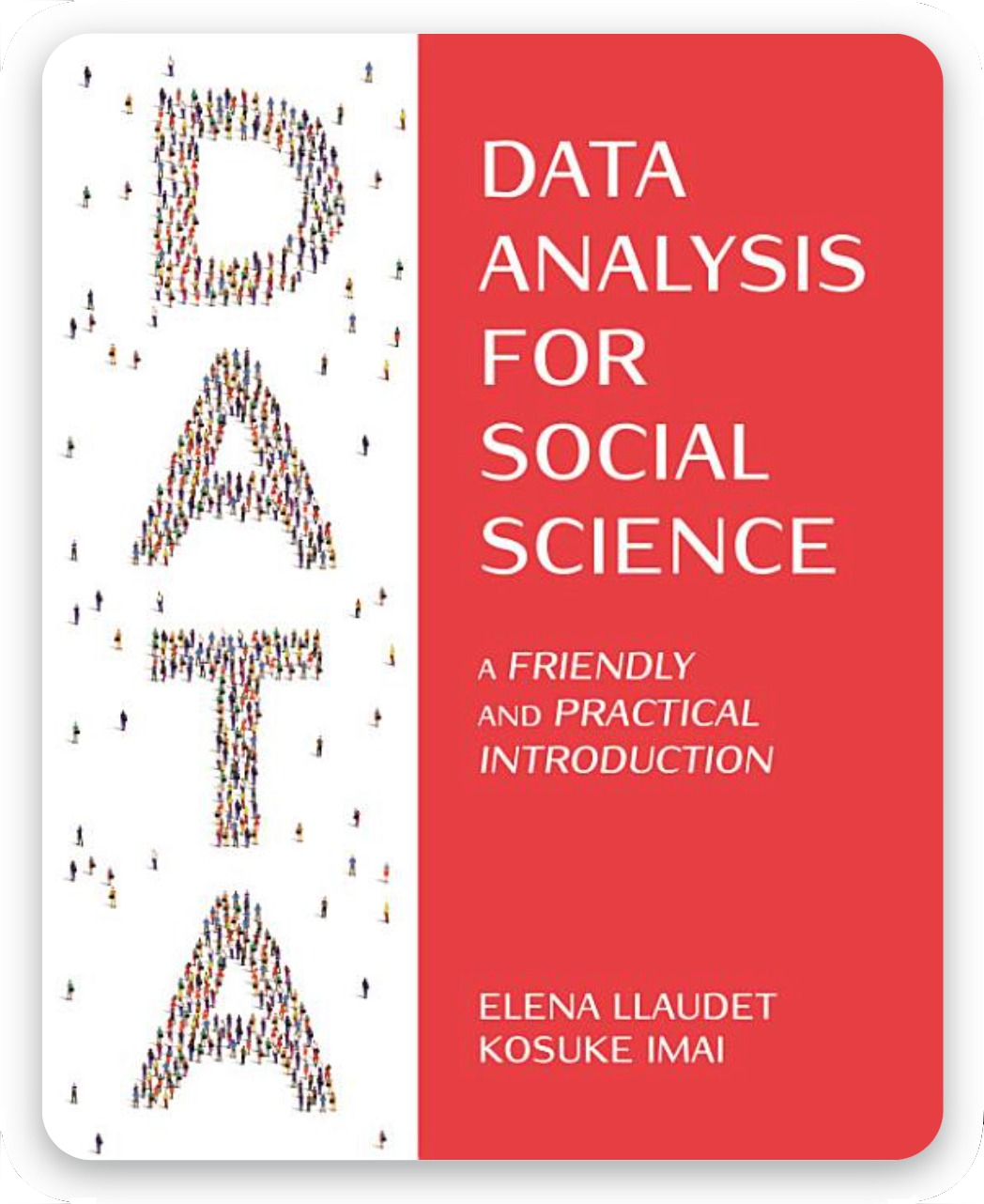What's On This Page?
Student resources to complement DSS, organized by chapter:
CHAPTER 1: INTRODUCTION
In chapter 1, we start from the very beginning by installing and familiarizing ourselves with the two programs we use―R and RStudio―and by laying the groundwork for forthcoming analyses.
Code and Datasets:
Self-Graded Review Exercises (run code in linked R script in RStudio):
Additional Readings:
CHAPTER 2: ESTIMATING CAUSAL EFFECTS WITH RANDOMIZED EXPERIMENTS
In chapter 2, we learn what causal effects are and how to estimate them using randomized experiments. We analyze data from Project STAR to answer: What is the effect of small classes on student performance?
Code and Datasets:
Interactive Graphs:
Self-Graded Review Exercises (run code in linked R script in RStudio):
Videos:
CHAPTER 3: INFERRING POPULATION CHARACTERISTICS VIA SURVEY RESEARCH
In chapter 3, we learn about surveys and how to visualize and summarize the distribution of single variables as well as the relationship between two variables. We analyze data on the 2016 British referendum to answer: Who Supported Brexit?
Code and Datasets:
Interactive Graphs:
CHAPTER 4: PREDICTING OUTCOMES USING LINEAR REGRESSION
In chapter 4, we learn how to predict outcomes using simple linear regression models. We analyze data from 170 countries to predict GDP growth using night-time light emissions as measured from space.
Code and Datasets:
Interactive Graphs:
Code and Datasets:
Code and Datasets:
Interactive Graphs:
- Law of Large Numbers (coming soon)
- Central Limit Theorem (coming soon)
Code and Datasets:
CHAPTER 5: ESTIMATING CAUSAL EFFECTS WITH OBSERVATIONAL DATA
In chapter 5, we learn how to estimate causal effects using observational data. We analyze survey and electoral data to answer: What was the effect of Russian TV propaganda on the 2014 Ukrainian elections?
CHAPTER 6: PROBABILITY
In chapter 6, we cover basic probability. We learn about random variables and their distributions, the distinction between population parameters and sample statistics, and the two large sample theorems that enable us to measure statistical uncertainty.
CHAPTER 7: QUANTIFYING UNCERTAINTY
In chapter 7, we learn how to quantify the uncertainty in our empirical findings in order to draw conclusions at the population level. We complete some of the analyses we started in chapters 2 through 5.
